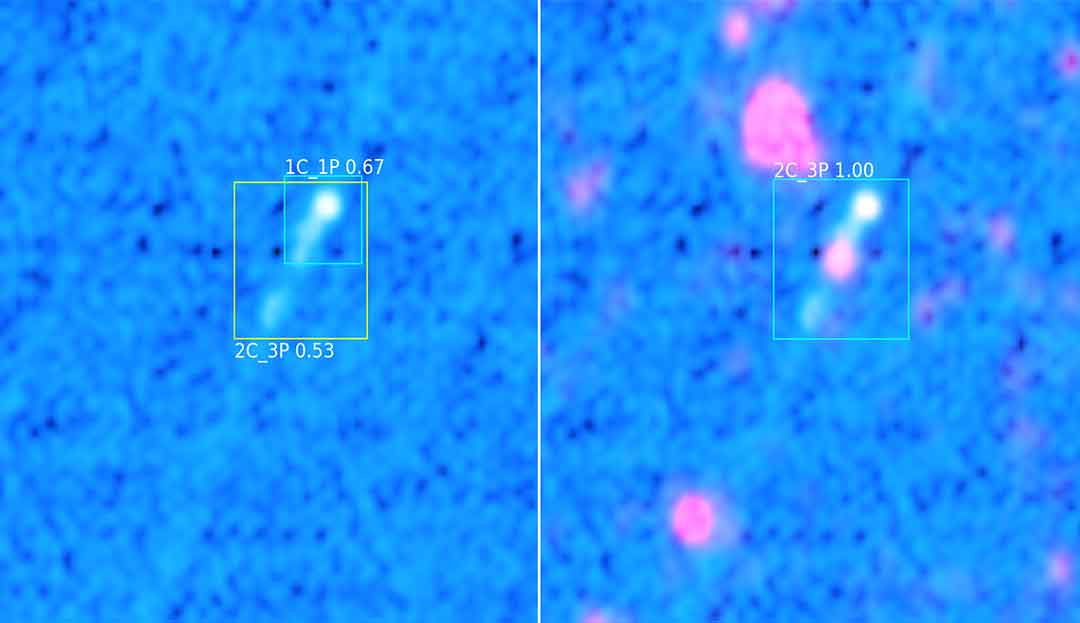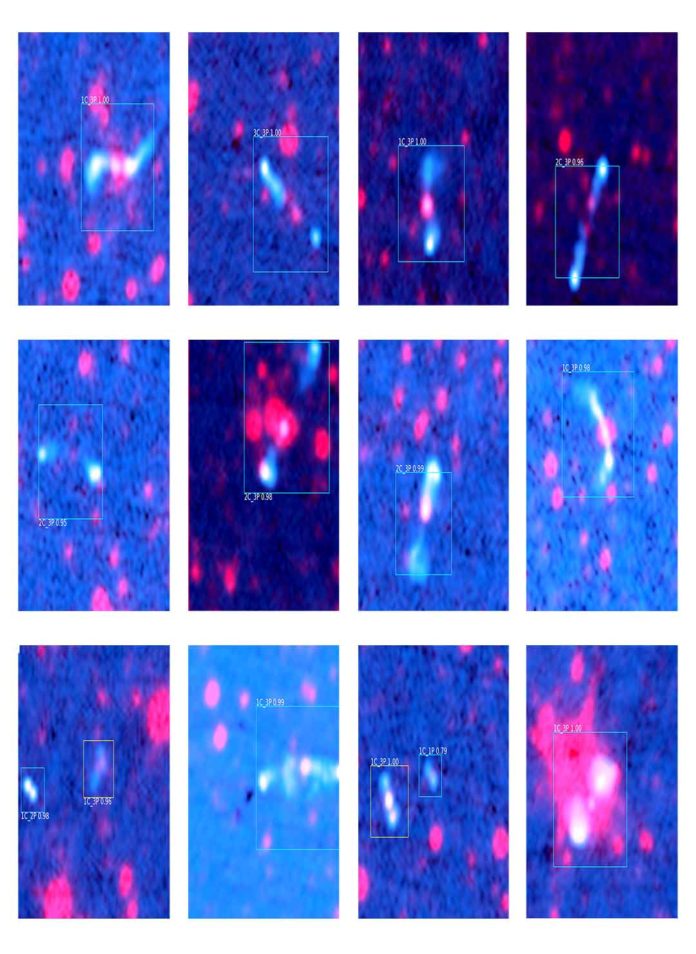Scientists at the ICRAR thought to use AI program called ClaRAN in order to identify faces on Facebook to identify galaxies in deep space. This AI system scans images taken by radio telescopes.
The AI system is mainly programmed to spot radio galaxies—cosmic systems that discharge great radio jets from supermassive black holes at their centers.
Dr Ivy Wong from The University of Western Australia node of the International Centre for Radio Astronomy Research (ICRAR) said, “These supermassive black holes occasionally burp out jets that can be seen with a radio telescope. Over time, the jets can stretch a long way from their host galaxies, making it difficult for traditional computer programs to figure out where the galaxy is.”
“That’s what we’re trying to teach ClaRAN to do.”
Dr. Chen Wu from ICRAR said, “ClaRAN grew out of an open source version of Microsoft and Facebook’s object detection software. The program was completely overhauled and trained to recognize galaxies instead of people.”
Credit: Dr Chen Wu and Dr Ivy Wong, ICRAR/UWA
Dr. Wong said, “the upcoming EMU survey using the WA-based Australian Square Kilometre Array Pathfinder (ASKAP) telescope is expected to observe up to 70 million galaxies across the history of the Universe.”
“Traditional computer algorithms are able to correctly identify 90 percent of the sources. That still leaves 10 percent or seven million ‘difficult’ galaxies that have to be eyeballed by a human due to the complexity of their extended structures.”
“If ClaRAN reduces the number of sources that require visual classification down to one percent, this means more time for our citizen scientists to spend looking at new types of galaxies.”
Dr. Wu said ClaRAN is an example of a new paradigm called ‘programming 2.0’. All you do is set up a huge neural network, give it a ton of data, and let it figure out how to adjust its internal connections in order to generate the expected outcome.”
“The new generation of programmers spend 99 percent of their time crafting the best quality data sets and then train the AI algorithms to optimize the rest. This is the future of programming.”

To the left is a radio galaxy jet system detected by ClaRAN using only data from radio telescopes. ClaRAN isn’t sure what it’s seeing here, giving two predictions, one covering the entire system with a low confidence of 0.53, and one covering the top jet only with a confidence of 0.67. To the right is the same galaxy, but with infrared telescope data overlaid. With the inclusion of data from infrared telescopes ClaRAN’s confidence in the detection has increased to the highest value of 1.0, and ClaRAN now includes the entire system in its only prediction.
Credit: Dr Chen Wu and Dr Ivy Wong, ICRAR/UWA.
Dr. Wong said ClaRAN has huge implications for how telescope observations are processed.
“If we can start implementing these more advanced methods for our next generation surveys, we can maximize the science from them,” she said.
“There’s no point using 40-year-old methods on brand new data because we’re trying to probe further into the Universe than ever before.”
A research paper on ClaRAN was released today in Monthly Notices of the Royal Astronomical Society, published by Oxford University Press.
ClaRAN itself is also open source and publicly available on GitHub.
